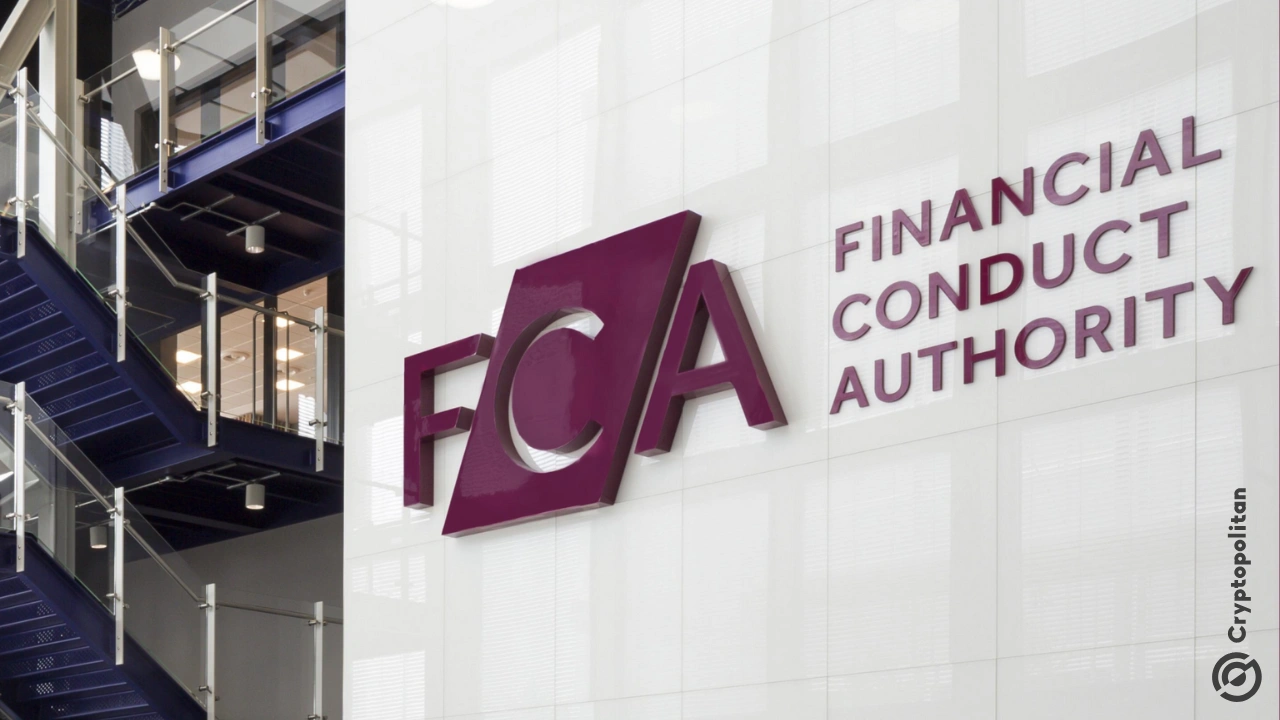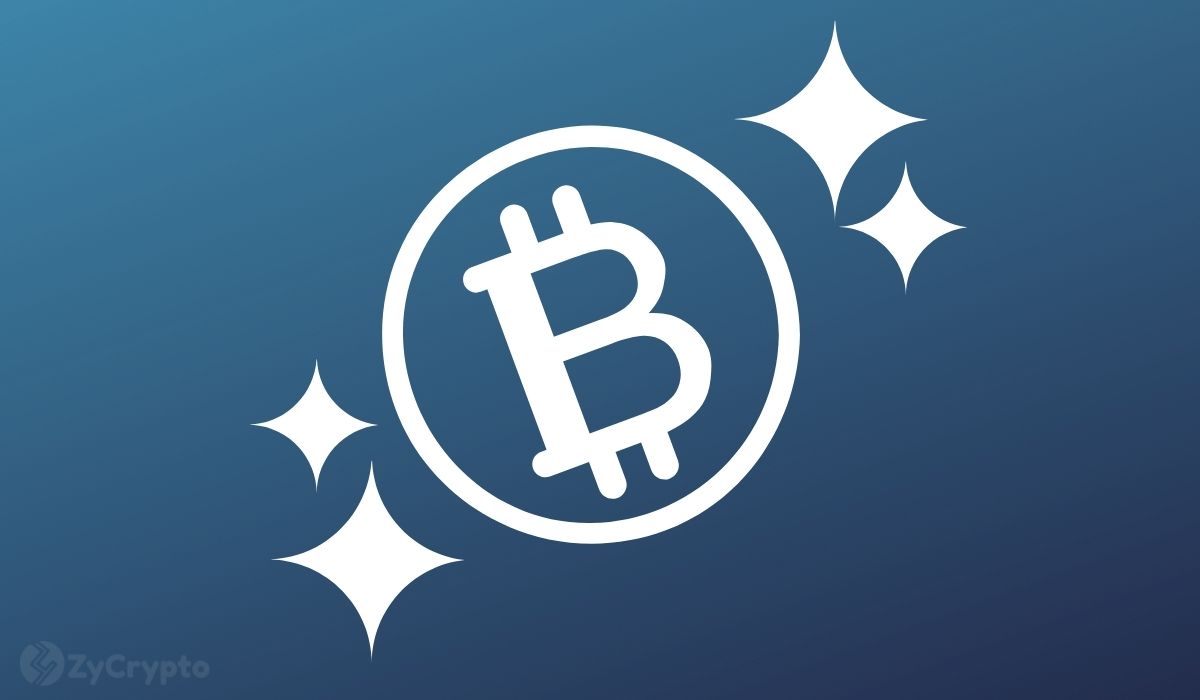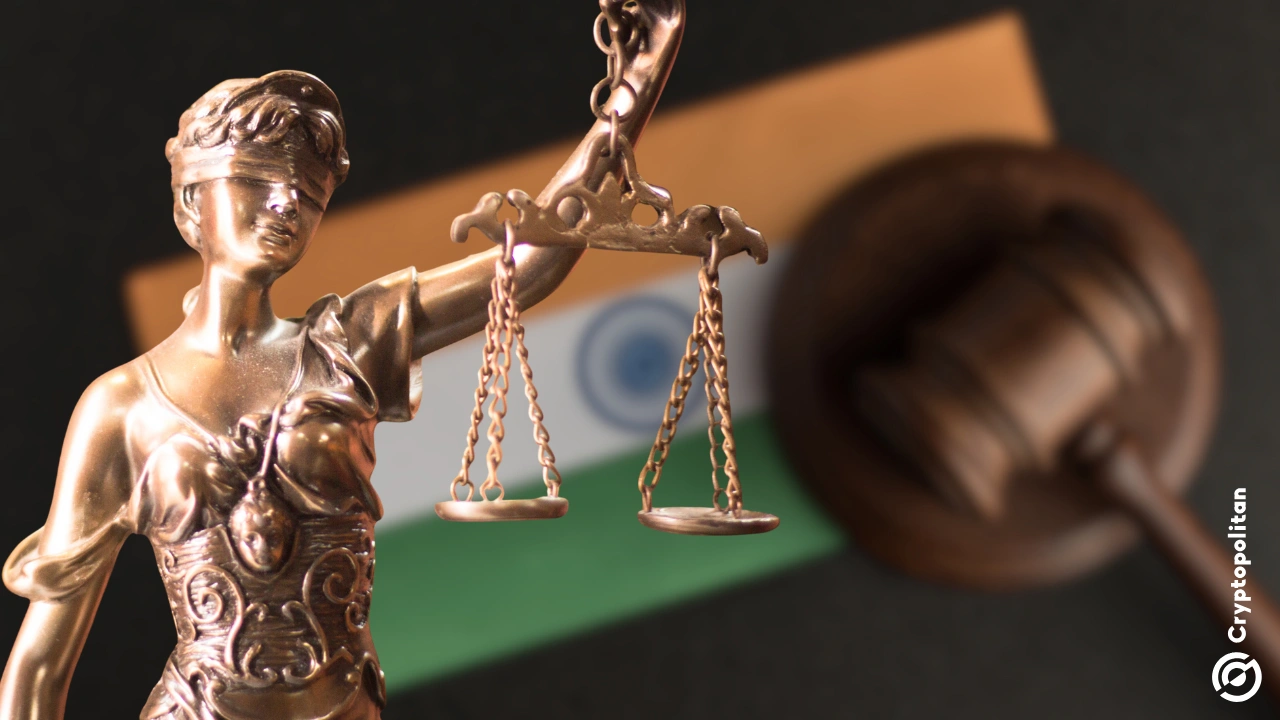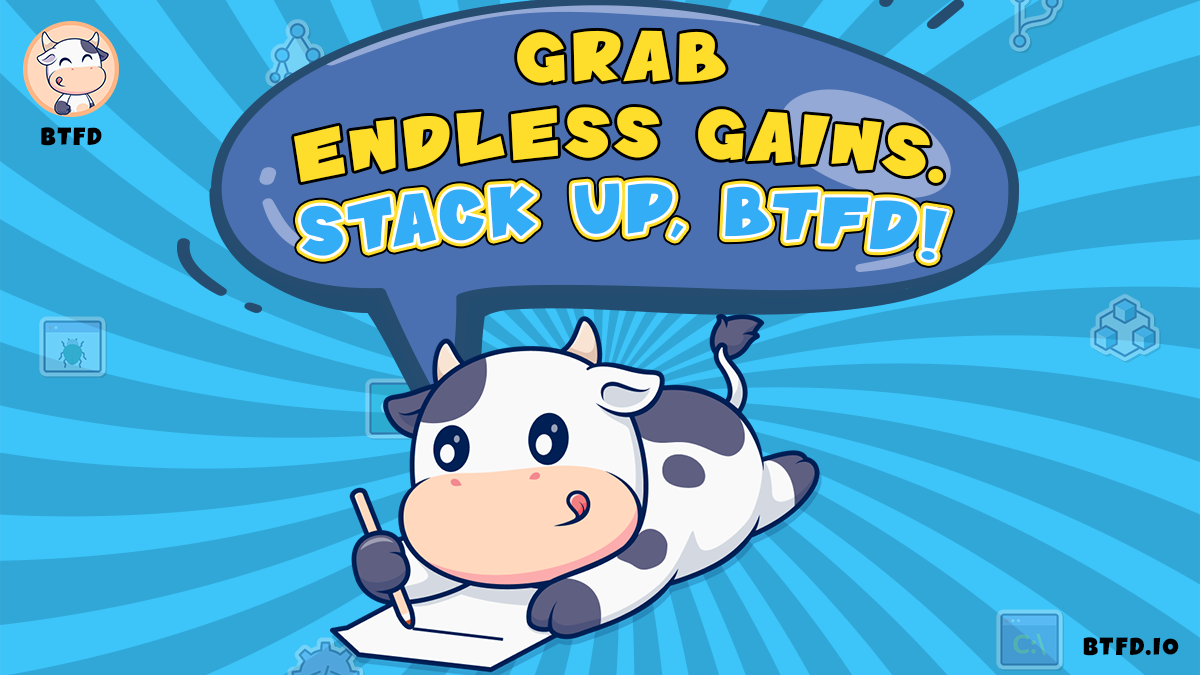AWS confirmed Tuesday afternoon that its cloud infrastructure had fully recovered after a massive global outage froze apps, services, and businesses for over 10 hours.
The disruption, which began earlier that day, dragged users offline from Tokyo to London, locking people out of Snapchat, Reddit, Venmo, and Zoom, and crippling operations for thousands of companies.
This was the biggest internet failure since CrowdStrike’s crash about a year ago.
According to Reuters, the cloud platform said everything was stable again by 3 p.m. Pacific Time, though some services were still working through backlogged messages.
AWS, the backbone of the internet for countless businesses, admitted the glitch came from a busted network health monitor inside its EC2 internal network, a key part of the Elastic Compute Cloud service.
That cloud system is supposed to manage how traffic is balanced across servers—but instead, it broke and took out access to DynamoDB, the cloud database that powers user data for many apps. The root cause was linked to DNS resolution issues, which basically blocked apps from finding the right addresses to access that database.
The outage slammed AWS’s US-EAST-1 region, which, by the way, is its biggest and oldest cloud zone.
That specific Virginia-based data center has now been blamed for three major internet crashes in just five years, including even ones in 2020 and 2021. Amazon didn’t say why that same cluster keeps failing, even though it continues to be the default region for many users.
AWS brings down apps, banks, and airlines worldwide
Venmo, Zoom, and hundreds of other services were still glitching hours after AWS said things were normal again. In Britain, major institutions like Lloyds Bank, Bank of Scotland, and Vodafone were hit. Even the country’s tax authority, HMRC, went offline. Over 4 million users filed outage reports, according to Downdetector.
Gaming apps got crushed, with Fortnite, Clash Royale, and Clash of Clans all going dark. Crypto platforms like Coinbase and Robinhood also went offline. AI startup Perplexity confirmed it couldn’t keep services up during the outage. Amazon’s own Prime Video, Alexa, and its main shopping website were also down.
Meanwhile, Meredith Whittaker, president of Signal, posted on X that the secure chat app went down. Elon Musk, who owns X, claimed his platform stayed online.
AWS leads the global cloud market ahead of Microsoft Azure and Google Cloud, but it has now shown once again just how fragile that dominance can be. One monitor fails, and the entire world feels it.
Ken Birman, computer science professor at Cornell University, said devs need to stop cutting corners. “When people cut costs and cut corners to try to get an application up, and then forget that they skipped that last step and didn’t really protect against an outage, those companies are the ones who really ought to be scrutinized later,” he told Reuters. He said AWS already provides tools to protect apps, but companies often ignore them.
Jake Moore, a cybersecurity advisor at ESET, said the outage showed the problem with putting everything in the hands of a few cloud providers. Nishanth Sastry, head of research at University of Surrey’s Computer Science Department, said the mistake many firms made was relying on just one provider. Businesses need redundancy, not blind loyalty.
Ryan Griffin, cyber practice leader at McGill and Partners, said the cost of downtime isn’t just user frustration. “For major businesses, hours of cloud downtime translate to millions in lost productivity and revenue,” he said.
Even with all the disruption, Wall Street shrugged. Amazon stock has surged by 1.6%, about to end the day at $220, its highest point in 3 months.
Join a premium crypto trading community free for 30 days – normally $100/mo.











